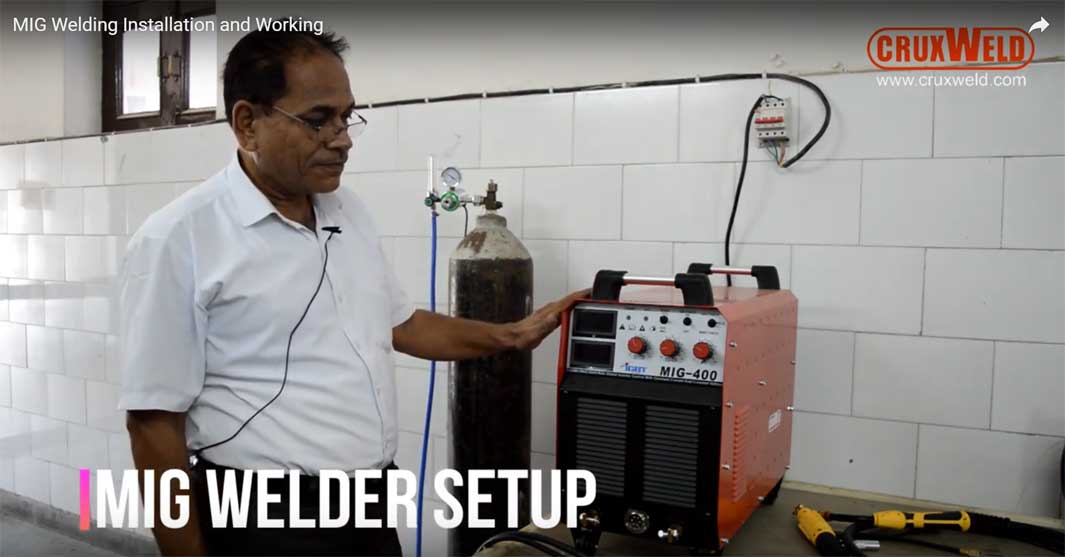MIG welding – The basics & then some
Understanding the Basics of MIG Welding
The Mig welding began to develop around the turn of the 19th century with the discovery of the electric arc in 1800 by Humphry Davy. In the year 1880, the technology was taken for industrial use. In the initial stage, the carbon electrodes were used in the carbon arc welding machine. In the year 1920, the predecessor of GMAW found out for the first use by P. O. Nobel of General Electric. The bare electrode with direct current uses arc voltage to regulate the feed rate. After many test trials and omission finally, in the year 1953, the use of Co2 was developed and quickly become popular for industrial use and make the welding of steel more economical.
The Mig was originally developed for aluminum and other non-ferrous materials but soon applied for steel because of its faster speed and weld time reduced. The cost of inert gas initially restricts its use until semi inert gas as Co2 made available for Mig welding process. Today, Mig/GMAW is the commonest industrial welding process for its speed, versatility, relative ease of adaption by a robot.

Fundamental of MIG Welding
Crisis of Identity for Mig
When it was discovered that carbon dioxide is not actually an inert gas but worked very well in the welding process. We no longer now can call it Mig but gas metal arc welding (GMAW) but still commonly called as Mig welding, not GMAW. This is commonly used in shops and factories as in the field the wind displaces the inert gas. We have to be careful in close quarters Mig welding, as the shielding gases may be dangerous for the brain and lungs of the welders. The Mig welding if required in open field then plastic sheets enclosure may be used to prevent displacement of inert gases by the atmospheric wind.
Mig Welding Basics to Pay Attention

- The versatile wire is ER70S-6 is made of mild steel and plated with copper to prevent oxidation and improve the electrical conductivity. The copper increases the life o contact tip and it becomes a better choice for auto body parts welding.
- The setting of correct tension in wire spool requires to prevent backlash and free feeding of welding wire from the spool.
- The drive roller is key for smooth welding. We need a knurled groove for flux core while smooth groove for hard solid wire. The correct size of the roller is required for better welding results.
- The tension in the drive roller is to set as per the recommendation by the manufacturer.
- The polarity should be right for flux core set at DCEN polarity and DCEP for solid wire.
- The contact tip should be flush regularly and it should be slightly protruding from the end of the nozzle.
- The ground below the machine should be solid to make the Mig welding stable.
- The need for the gas and its speed is decided by the manufacturer.
Advantages of Mig
- The production is high with Mig as it does not need frequent changing of the rod, chipping and brushing of welding zone.
- The process is easy to learn and making a beautiful weld bead in a very short time.
- There is no need for cleaning.
- Mig can weld on mild steel, aluminum, and stainless steel.
- The process can weld in every position.
Disadvantages of Mig
- There is a need for the cumbersome need of a gas cylinder.
- The constant need for consumables such as tip and nozzles.
- The welder can not smoke, watch, and count money, etc while welding.
- It is not possible to weld on paint, rust or on dirty surfaces.
- It is not possible to weld on thick steel as there is not proper penetration.
